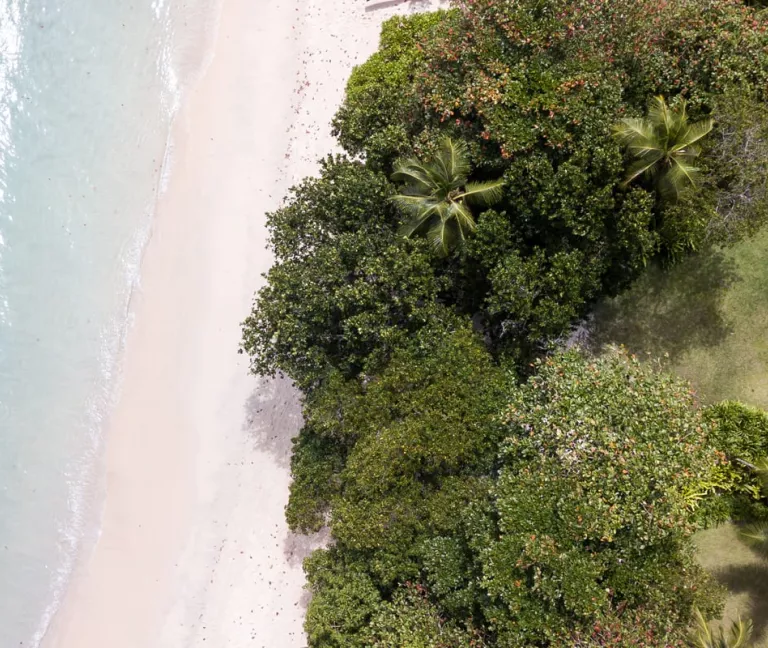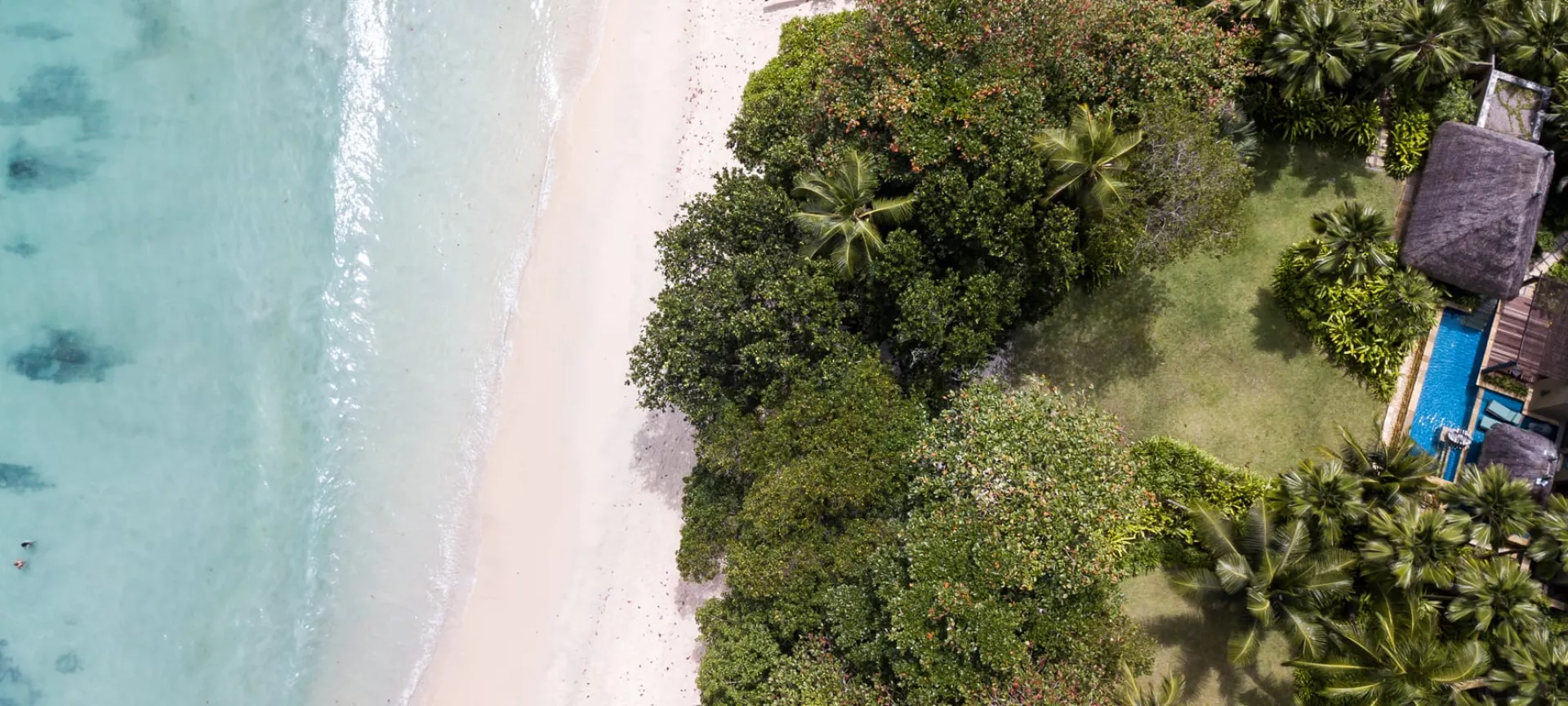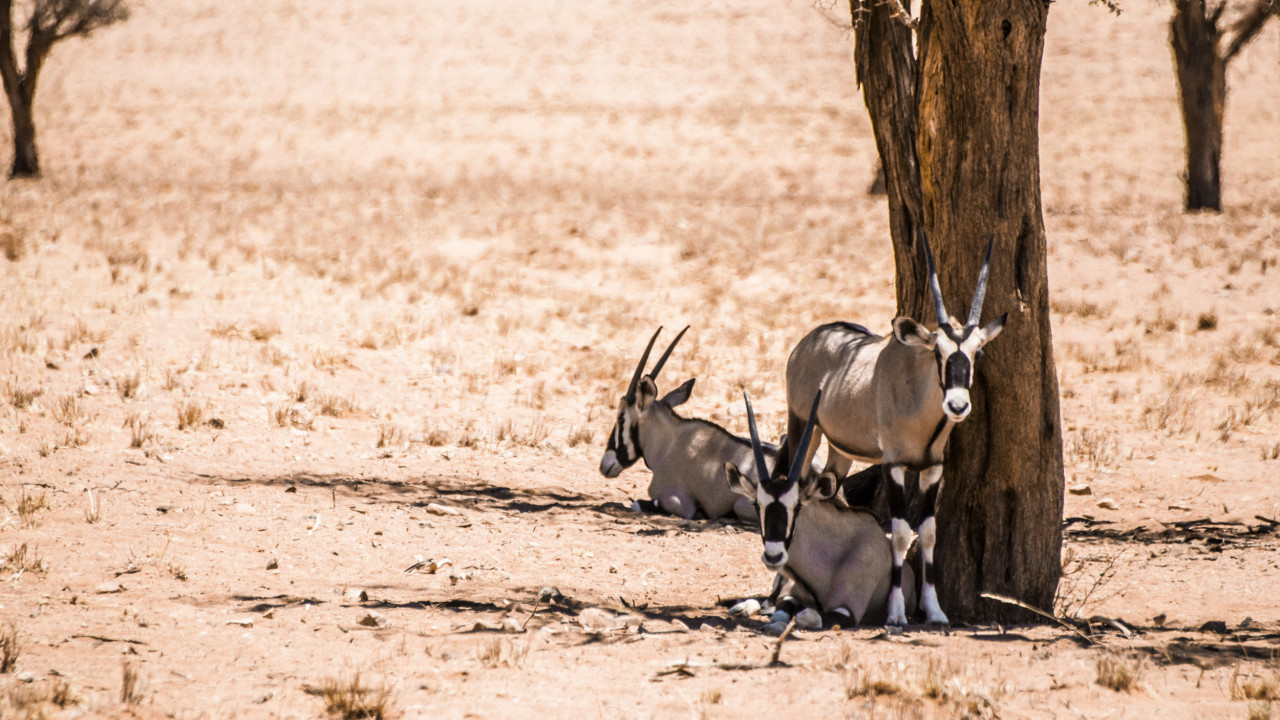
It’s fair to say that the Namib Desert is a pretty adverse place to live...
With rainfall averaging between 3 - 15 millimetres per year (the UK average is 885mm!), it’s one of the driest deserts in the world, and at around 70 million years old, the oldest.
Despite the conditions, an amazing range of wildlife more commonly associated with the lush open plains of the Serengeti can be found amongst its rolling red dunes. We sometimes wonder how these animals ended up in this hostile environment. And they say elephants have a good sense of direction…
Here are a few facts about 5 of our favourite desert-adapted animals that you might see on a trip to Namibia:
Desert Lions:
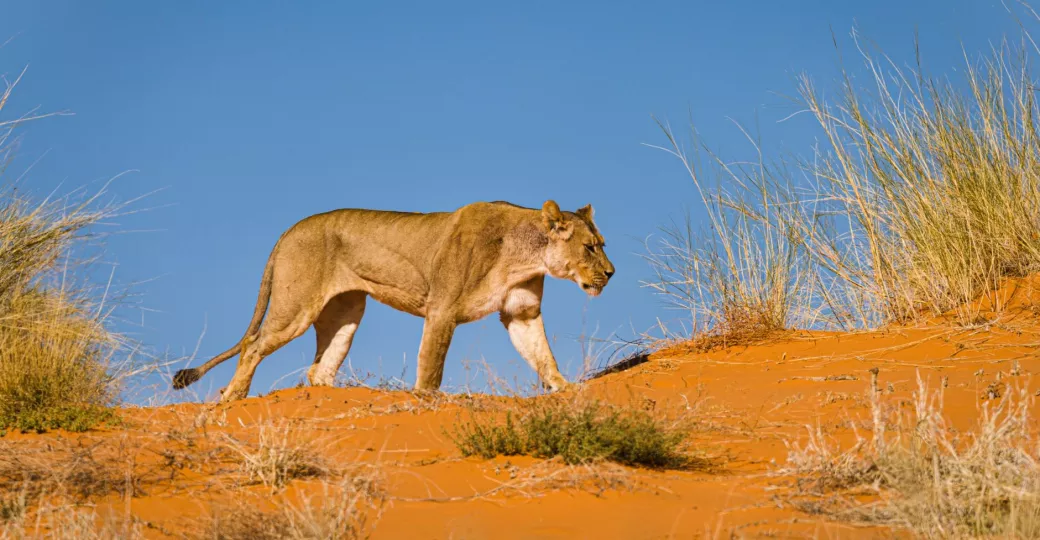
One of Namibia's desert-adapted lions - Chris Stenger
Long legs. Many of the desert-adapted animals of the Namib have slightly longer legs than their cousins in the savannah. This helps raise their bodies slightly further away from the scorching heat bouncing off the sand.
Thick coats. As we all know, deserts are both hot and cold. To withstand the cold nights, these lions have adapted to have thicker coats than normal.
Blood to water. Desert-adapted lions get the majority of their liquid intake from the blood of the prey the catch.
Oryx/Gemsbok:

The stunning gemsbok antelope - Chris Stenger
Panting. Oryx, or Gemsbok as they’re also known, pant to cool down. Interestingly their core body temperature often reaches 45 degrees (113 Fahrenheit). Panting helps keep their brains cool, allowing the animal to function even though the rest of its body is so hot.
No drinking. Oryx can absorb all the water they need from the food they eat. If they can maintain a healthy diet and not get ill, they can avoid ever having to drink.
Desert Elephants:
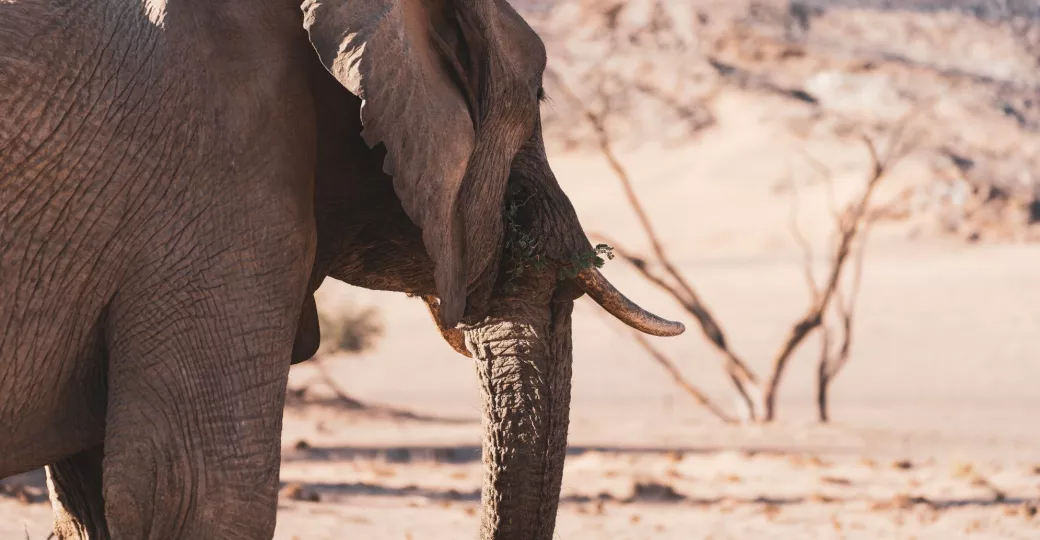
A mother elephant and her calf - Eelco Bohtling
Big feet. Desert-adapted elephants have wider feet than their cousins across the plains of Africa. The extra surface area from these ‘elephant snow-boots’ helps them to walk across the soft desert sand. This is very helpful given they sometimes have to walk 100s of kilometres to find water.
Long trunks. All elephants have long trunks yes, however Namibian elephants have slightly longer trunks. This adaptation helps them dig lower into the sand to drink water from the water table.
Less water. Namibian elephants have adapted to be able to survive off less water than the typical African Elephant. Instead of drinking up to about 200 litres of water a day, desert-adapted elephants can survive without drinking for up to 4 days.
Desert-adapted Black Rhino:
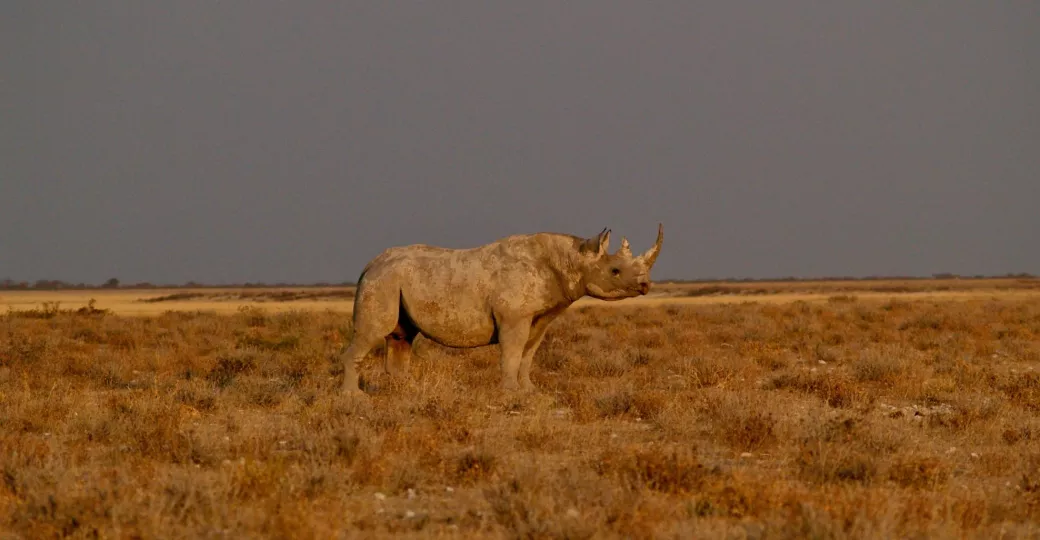
A resilient Namibian black rhino - Peter Burdon
Nocturnal. While not being officially nocturnal, desert-adapted black rhino are typically most active at night, thus avoiding the intensity of the midday heat.
Long horn. They have slightly longer and thinner horns than the average black rhino, possibly to help them forage.
Bigger homes. Desert-adapted black rhino are known to have home ranges between 500 - 600 km2. They also roam across an area of about 25,000 km2 (roughly the size of Belgium) which makes them the largest truly free-ranging population of black rhino in the world.
Fog Beetle:
A slightly different one here. These beetles manage to get the water they need out of thin air. Literally!
They are able to catching minute water droplets in the morning fog. On the Sossusvlei dunes near the Atlantic Ocean, these beetles position themselves with their head facing upwind and their body angled downwind with their wings open. The water catches on the wings and drips down into their mouth.
So clever are these beetles that researchers at MIT are trying to work out how they can emulate this technique in to produce water in drought affected areas.
We hope you’ve enjoyed these fast facts about these three incredible animals. It really is incredible how nature always finds a way to adapt to survive. If you’d like to learn more about this incredible country and its wildlife, please head over to our Namibia page.

James Handley
Born and bred in the South of England, James is Bonamy’s intrepid traveller. When not honing his skills in London over the last decade, he's spent much of his time on self-planned expeditions and a...
View profileNever miss a notebook entry with our newsletter

